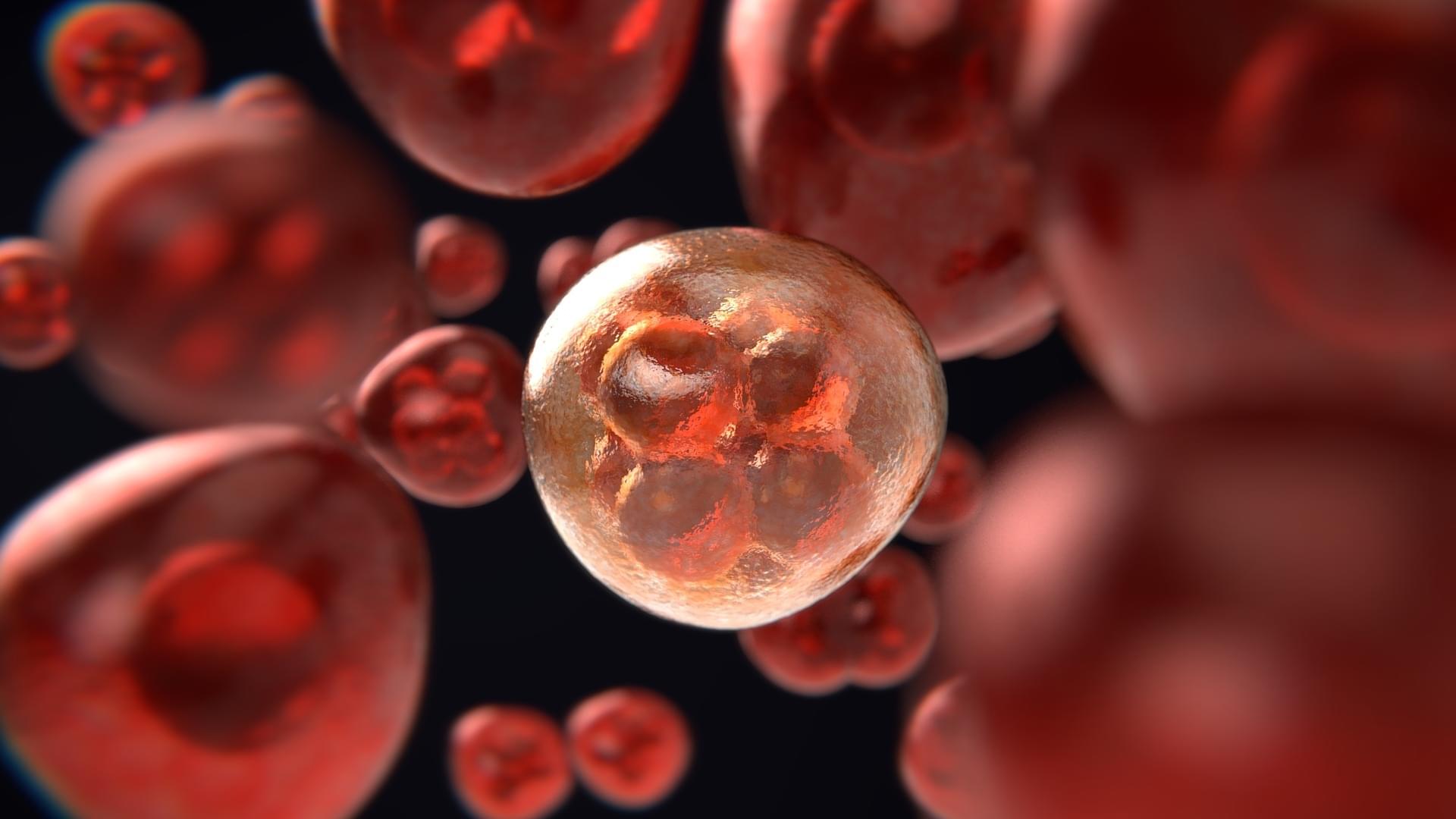
The FDA has approved 36 food dyes, nine of which are artificial and made from petroleum.
]]>
A prototype wearable system uses machine-learning to guide users around obstacles.
]]>
Google on Monday announced plans that might help a scientific breakthrough in research into the communication patterns of dolphins. The tech giant announced that it would make DolphinGemma, its foundational AI model, accessible to researchers over the summer.
]]>
The research, published in [Proceedings of the National Academy of Sciences](https://www.pnas.org/cgi/doi/10.1073/pnas.2416106122), highlights the new drug’s potential as a treatment option for conditions like schizophrenia, where psychedelics are not prescribed for safety reasons. The compound also may be useful for treating other neuropsychiatric and neurodegenerative diseases characterized by synaptic loss and brain atrophy.
To design the drug, dubbed JRT, researchers flipped the position of just two atoms in LSD’s molecular structure. The chemical flip reduced JRT’s hallucinogenic potential while maintaining its neurotherapeutic properties, including its ability to spur neuronal growth and repair damaged neuronal connections that are often observed in the brains of those with neuropsychiatric and neurodegenerative diseases.
Decreased dendritic spine density in the cortex is a key pathological feature of neuropsychiatric diseases including depression, addiction, and schizophrenia (SCZ). Psychedelics possess a remarkable ability to promote cortical neuron growth and increase spine density; however, these compounds are contraindicated for patients with SCZ or a family history of psychosis. Here, we report the molecular design and de novo total synthesis of (+)-JRT, a structural analogue of lysergic acid diethylamide (LSD) with lower hallucinogenic potential and potent neuroplasticity-promoting properties. In addition to promoting spinogenesis in the cortex, (+)-JRT produces therapeutic effects in behavioral assays relevant to depression and cognition without exacerbating behavioral and gene expression signatures relevant to psychosis.
]]>
Long focused on antioxidants, researchers are now exploring a new route to combat prostate cancer: pro-oxidants.
]]>Chinese researchers turned the immune response to organ transplant rejection to cure cancer with a 90% success rate.
]]>
Open Bionics’ limb is two times faster than leading bionic hands, and twice as strong
]]>